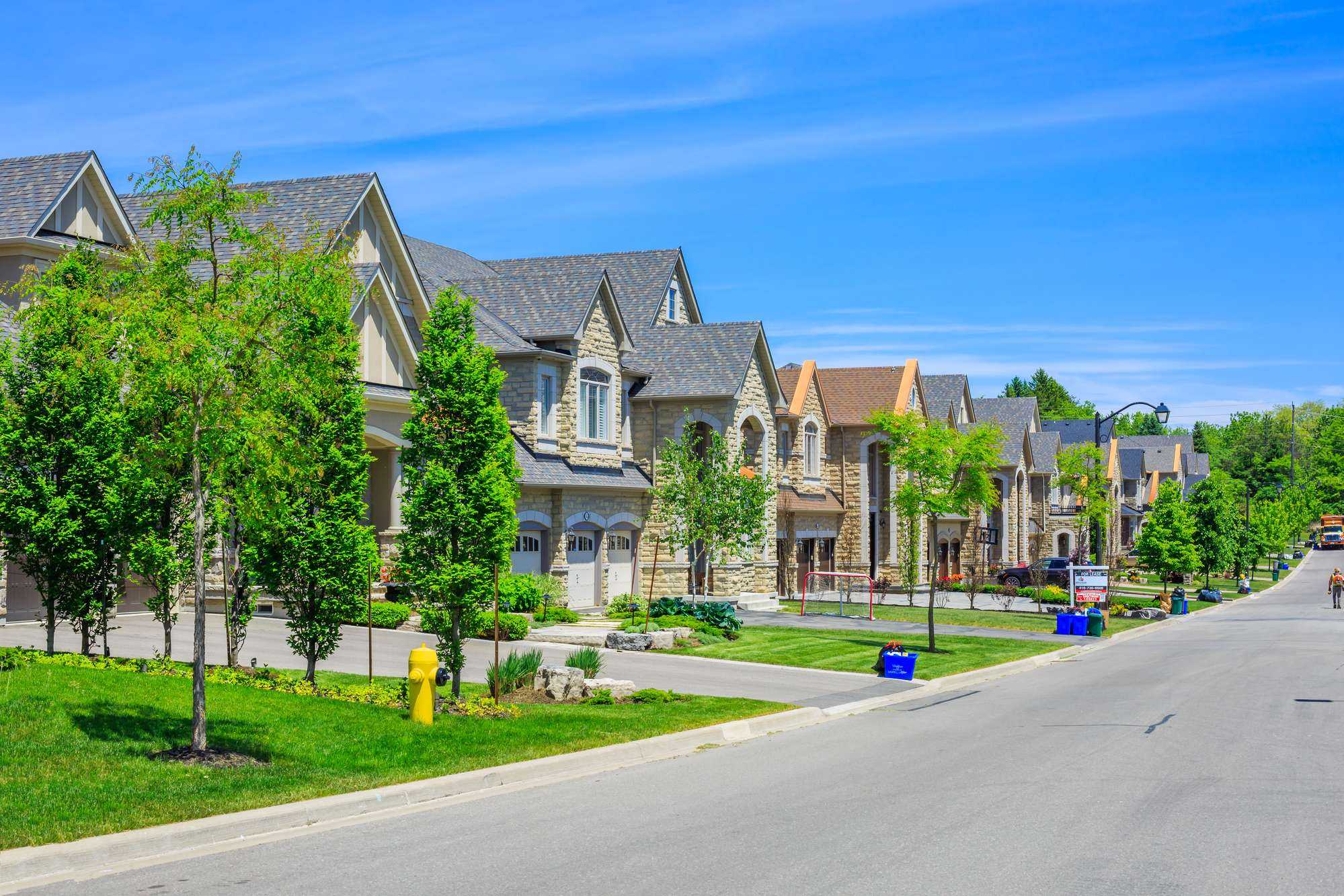on
BY JAY BRIJPAUL
Homeowners became wealthier during the pandemic. Home prices surged and are still climbing. Homeowners are in a unique place where they can use some of their equity as seeds for financial growth. Benjamin Franklin said that an investment in knowledge pays the best interest. These transforming ideas can quantum leap your net worth.
Use some of the equity to buy an investment property. Real estate is real, as the name suggests. With inflation, building materials are becoming expensive, and in turn, home prices are escalating. Currently, for every home available for sale, there are about six buyers. A two-family home can be rented annually for $40,000. This is called passive income because the person does not have to actively work for it. Gradually over time, it’s best to replace active income with passive. Toronto will continue to be a hotspot for immigrants. On the long term, prices will trend upwards, the remaining balance on the mortgage will decrease and if we add up the rent collected over the years, it becomes astronomical. To put icing on the cake, the interest on the money borrowed for investment is tax deductible.
Debt consolidation is another idea. Sai, for example, has a total of $29,000 in credit card debts, paying $1,160.00 monthly. He chooses to increase his mortgage by $29,000 and pay off his debts. His monthly payment drops to $115.00. Fitzroy, on the other hand, took a second mortgage on his home for $100,000 at 12% interest in 2018, paying $1,053.00 monthly. Initially, the first mortgagor had refused to lend him the additional $100,000 because, at that time, the property loan to value ratio (a ratio lenders use to calculate risk) was high. With the recent price growth, the loan to ratio dropped significantly. Fitzroy managed to increase the first mortgage and paid off the second. By doing so, he now saves $653.00 monthly.
Many families with adult children can use this idea. It’s the perfect time to give adult children a head start in life. Arthur’s parents took $100,000 from their family home and assisted Arthur. He used the money as a down payment on a newly construction condo that would be ready in five years. Arthur estimates that he can double his initial investment in five years. He can then use the proceeds to catapult him into a home. Arthur now has a goal to work towards. His aim is to repay his parents in five years. Another family took money from their family home and opened a thriving take-out restaurant, creating employment for themselves. Since they borrowed money from their family home to invest in their business, the interest on that portion became tax deductible.
Instead of moving, try to renovate or extend your current home. With COVID-19, many families are working from home and require more space. It is easy to add a second level on a bungalow because the building foundation is already there. Find a good contractor who can point you in the right direction. Once that is done, get an estimate. Always over-budget by 10% to 15% for the unexpected. With an architectural drawing, building permit and a good contractor, you are on your way. If you are modernizing, the quality of materials can make a big difference. The cost of installation usually remains the same. Its best to buy your own materials and ask the contractor to quote you on labor. Remember to ensure that contractors have the appropriate insurance coverage.
Building a secondary suite is a good idea. The cost varies depending on the size and complexity of the project. Start by applying for a building permit from the city. Then, interview contractors. With a building permit and a good contractor, you can build a safe place for a family who wants to rent. You will also reduce your liability. Buyers love basement suites that are registered because the rental income can be used to help them qualify for a bigger mortgage. As such, homes with legal basements sell for more. If a homeowner borrows $100,000 from the principal residence and uses it to build a secondary suite, the annual mortgage payment will be about $5,000, half being principal reduction and the interest portion becomes tax deductible. The basement will generate an annual income for about $20,000. This investment is worth exploring because it is a profitable venture. Seek the assistance of an accountant.
Become a money lender. Amrita borrowed $200,000 from her home at 1.75%. She invested it in second mortgages at 12%, making a yearly profit of $15,400. She called this her vacation money. Always lend in small batches. For example, lend to four different people instead of one. By doing so, you are spreading your risk. Ensure that the loan to value ratio does not exceed 85%. Avoid lending on rental properties. Many mortgage brokers can assist in securing second mortgages. Usually, the borrower pays the mortgage broker and solicitor fees. In many cases, they will also pay the investor a finder’s fee of about 3% to 5% of the loan amount. Always choose your own lawyer when investing in second mortgage.
Study the above ideas carefully and then, prioritize them. Next, get started. In the wise words of Lao-tzu, a journey of a thousand miles begins with a single step.
Stay in the loop with exclusive news, stories, and insights—delivered straight to your inbox. No fluff, just real content that matters. Sign up today!
Government incentives for home buyers
Jay Brijpaul is a 29 year Toronto Real Estate veteran and one of Canada’s top Real Estate Brokers. He has been involved in over 3000 Real Estate sales representing both buyers and sellers. His team, The Brij Team, is consistently among the top RE/MAX residential teams in Canada and around the world. Since 1994, Jay became a member of the Fellows of Real Estate Institute of Canada (FRI), giving him an additional 5 years of Real Estate training beyond what virtually all Real Estate agents have.













